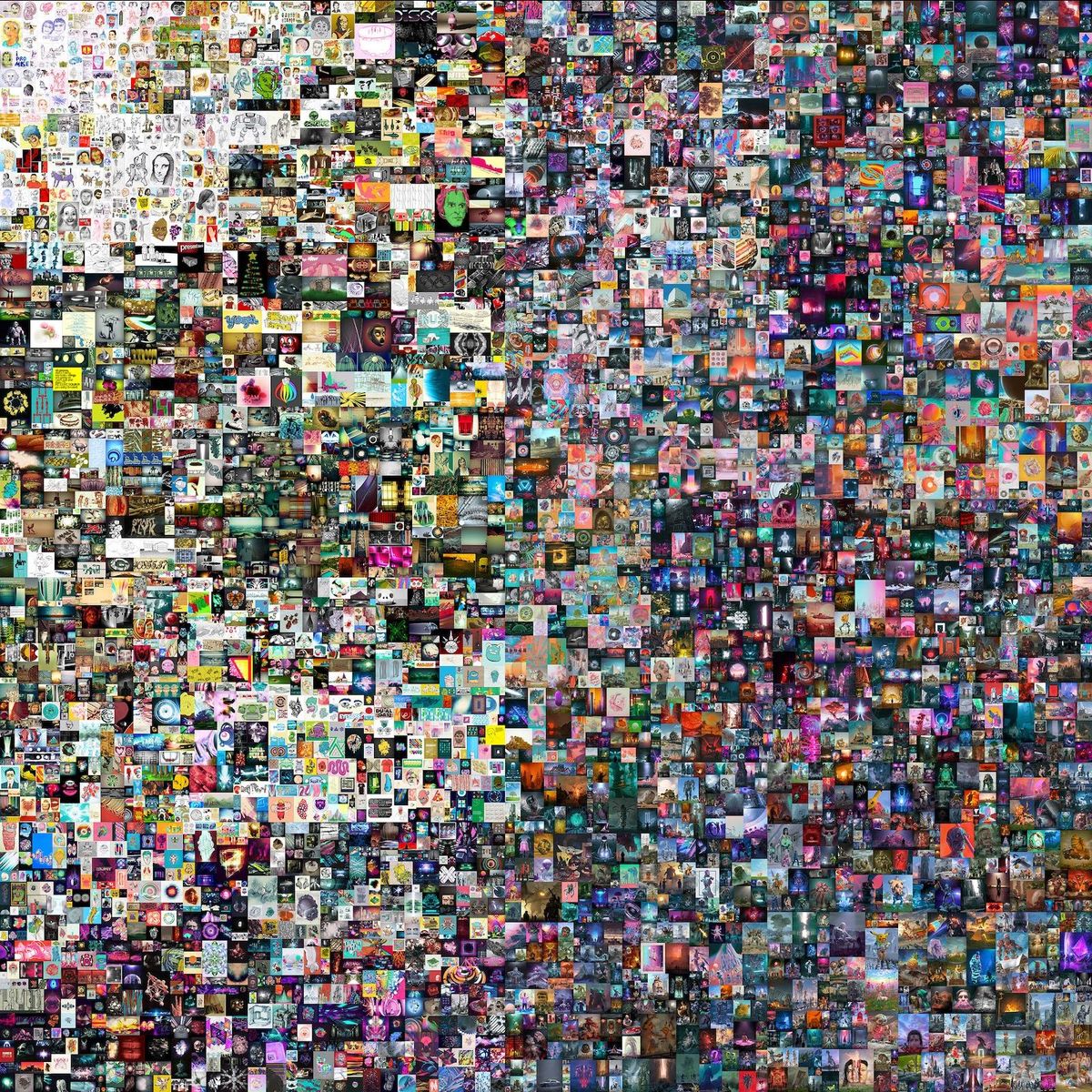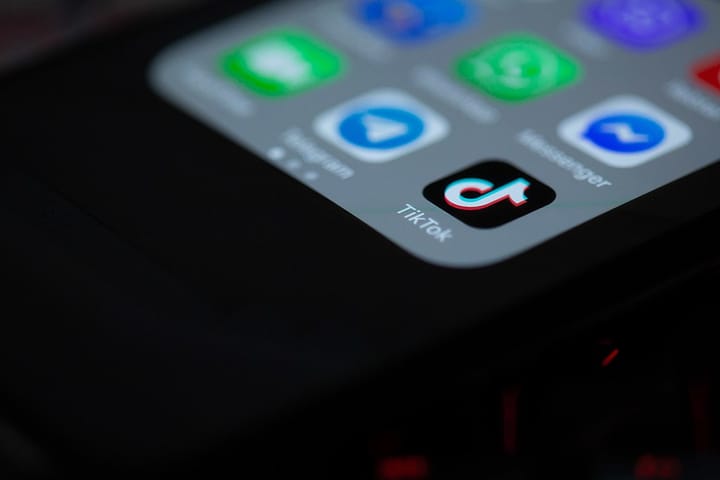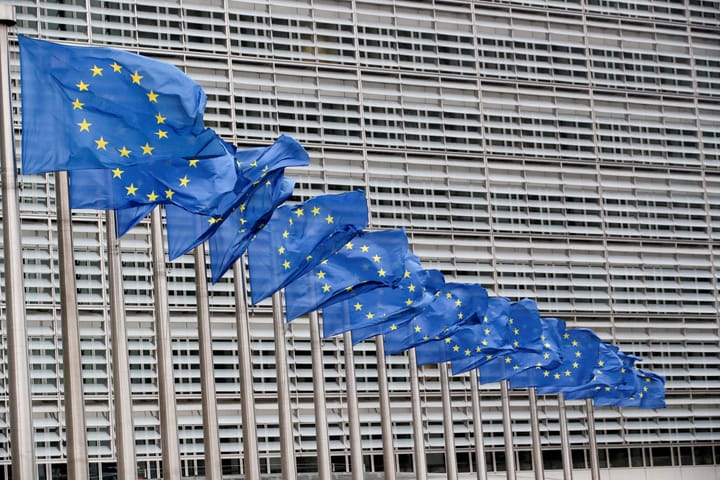What are NFTs?

A few minutes every morning is all you need.
Stay up to date on the world's Headlines and Human Stories. It's fun, it's factual, it's fluff-free.
Just as there are communities of people who buy and sell trading cards and artwork, there is now a growing community of people buying and selling NFTs for extraordinary prices.
On February 28, Canadian musician Grimes listed and sold a digital art collection of non-fungible tokens (NFTs) titled “WarNymph” for a grand total of US$5.8 million – and it all happened in less than twenty minutes.
That same night, electronic dance music (EDM) producer 3LAU sold the first ever NFT album for more than US$3.6 million, selling a total of 33 items (including the album) for more than US$11.6 million.
NFTs are digital assets that represent an array of unique items and they have taken off in the crypto landscape in more ways than one. Up until recently, the market had existed largely under the radar, but an increasing number of investors and individuals have been investing heavily into a variety of cryptocurrencies.
NFTs use the same blockchain technology that is used in traditional cryptocurrencies like Bitcoin or Ethereum. However, unlike Bitcoin and Ethereum, in which every coin is identical, each NFT is entirely unique and cannot be counterfeited. This means that each NFT gains or loses value as an independent entity, rather than as an entire network.
“NFTs have been used to create scarcity in digital assets such as art, video snippets of NBA stars, video game assets, and CryptoKitties,” Dr. Richard Smith, a risk-based investment adviser, told TMS.
The game CryptoKitties first broke headlines in 2017, when certain video game kittens were sold for US$170,000. But though that seemed like a fortune to spend on a single digital asset at the time, the total value of all crypto art on the market right now is currently worth more than US$187 million.
Just as there are communities of people who buy and sell trading cards and artwork, there is now a growing community of people buying and selling NFTs for extraordinary prices. For example, the collection of CryptoPunks, 10,000 unique digital characters created by Larva Labs, sell consistently for more than US$1,000,000, with the average sale price over the past year being more than US$15,000.
Also emerging are a number of online marketplaces that handle the sales of NFTs from producer to consumer.
“NFTs can be bought and sold peer to peer, but most are bought and sold via online marketplaces that are kind of like stock exchanges,” said Dr. Smith. “You can also market your own digital creations on OpenSea and see if anyone is interested in giving you some ETH for your creations.”
These marketplaces work almost like sites such as eBay or Amazon do, except instead of selling physical items, they sell digital items of all kinds. Some items are digital renderings of real-world objects, or pieces of digital art designed for the NFT market. Others are representations of virtual worlds or even domain names.
Despite the vast variety of things you can buy, there really is one centralized currency for NFTs right now: Ethereum.
“Most NFTs are built on the Ethereum protocol,” said Dr. Smith, “and consequently, they are bought and sold peer to peer with ETH.”
In fact, in 2017 when CryptoKitties were making headlines, transfers relating to the game accounted for 95% of Ethereum’s network usage.
Though it may seem relatively unstable as an industry, the market has a clear endorsement from billionaire investor Mark Cuban, who owns a number of NFT-based digital assets.
“I think the collectible side of it is going to completely turn the [art], music and movie industry upside down,” Cuban said in a recent episode of The Quest podcast. “That’s exactly what I’d be doing right now – anything I could make digital.”
NFTs gained even more credibility recently with the British auction house Christie’s auctioning off a fully NFT-based piece of art, becoming the first major auction house to do so. The piece is called “Everydays: The First 5000 Days” by digital artist Mike Winkelmann, better known as Beeple, and is a collection of 5,000 pieces of art, one to represent every day leading up to and including January 7.
Winkelmann’s “2020 Everydays” collection, which was made up of 20 NFT-based digital works, sold for US$3.5 million in December.
In fact, NFT-based artwork in all forms has been one of the many methods that artists have used to recoup revenue lost from the lack of touring caused by the pandemic. Artists like deadmau5 became pioneers in creating NFT merchandise by selling packs of digital collectibles last year.
Of the whole idea of art going digital, Mark Cuban says it’s the way of the future.
“Gen Z value digital goods more than anything, other than maybe a house, maybe a car [and] their phone,” he said. “After that, it’s digital. They’re going to respect something that’s digital before they buy something that’s physical.”
Have a tip or story? Get in touch with our reporters at tips@themilsource.com




Comments ()